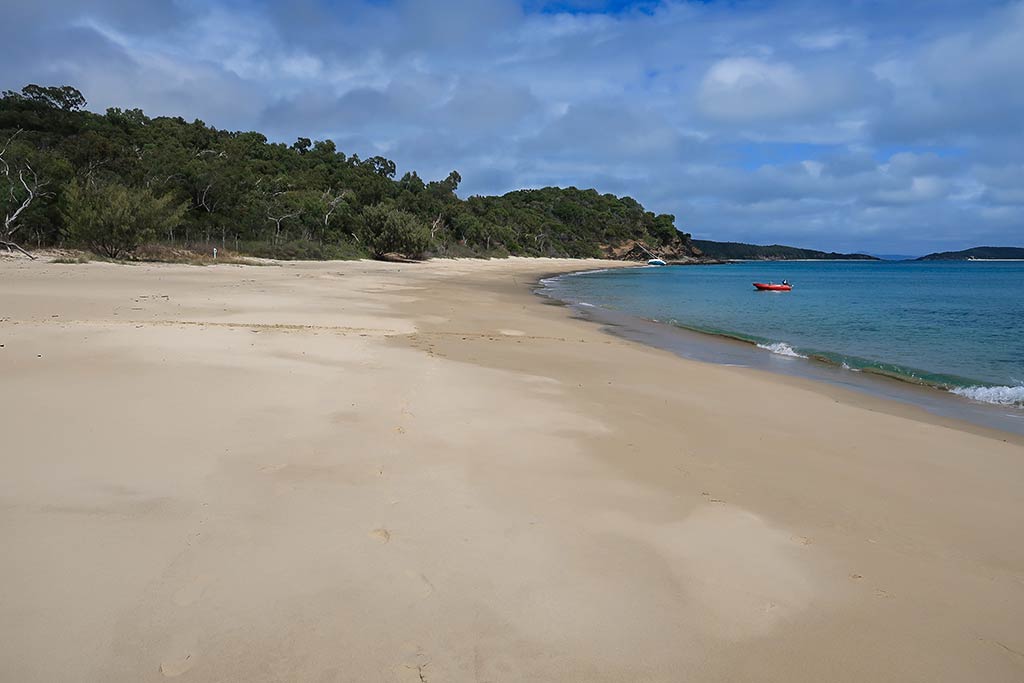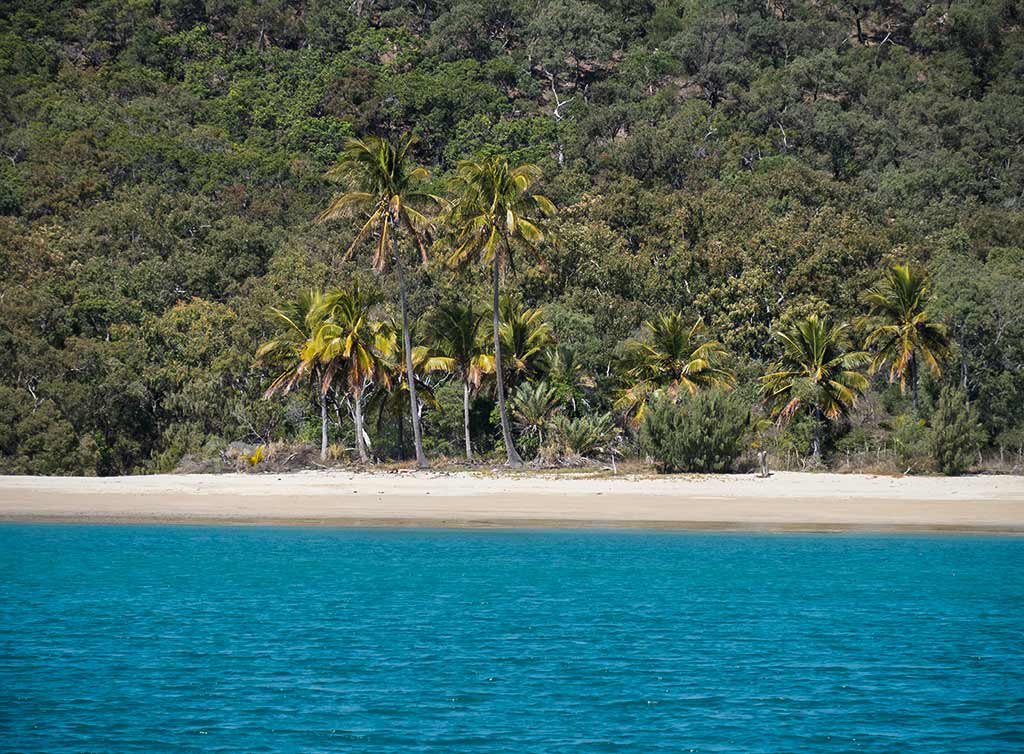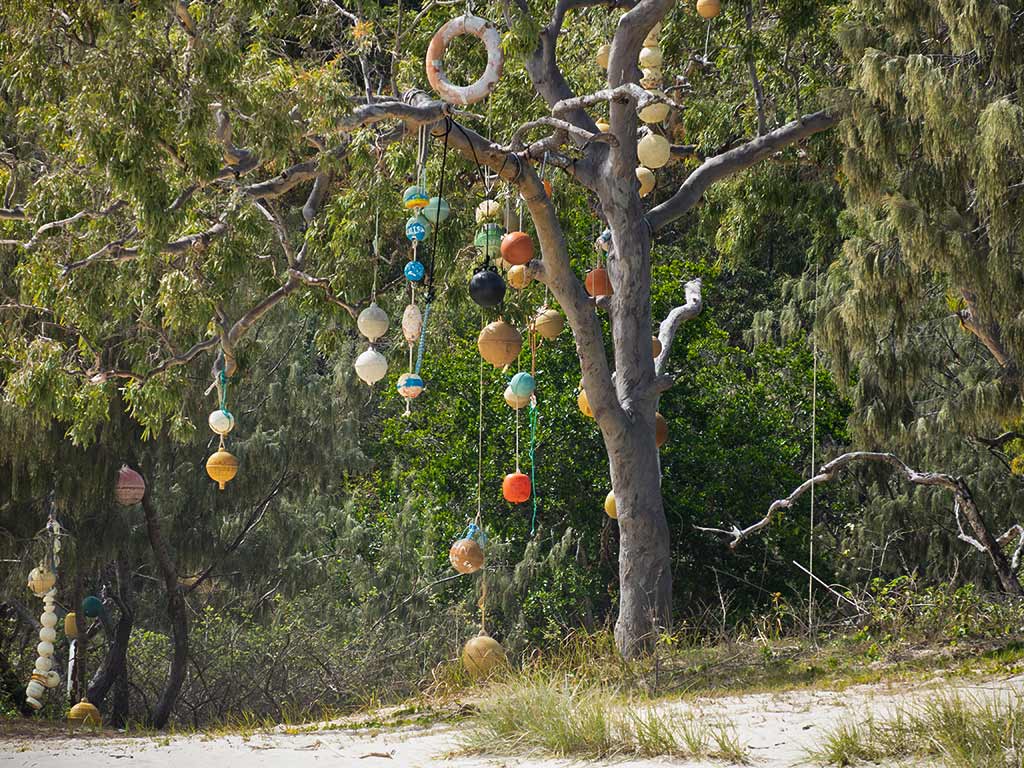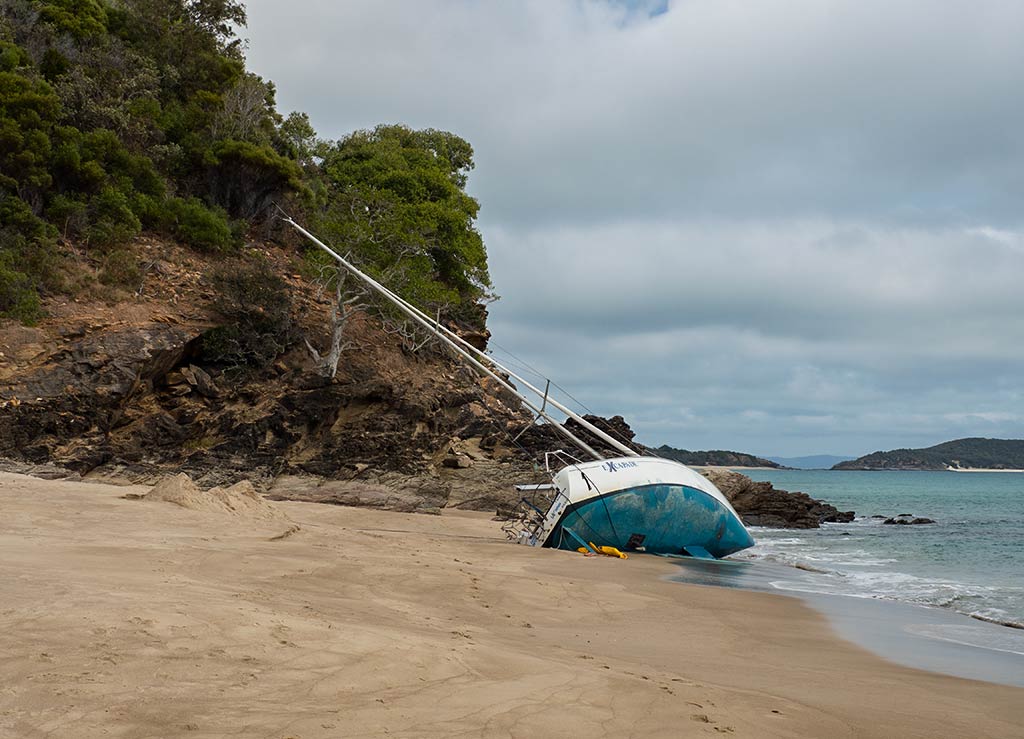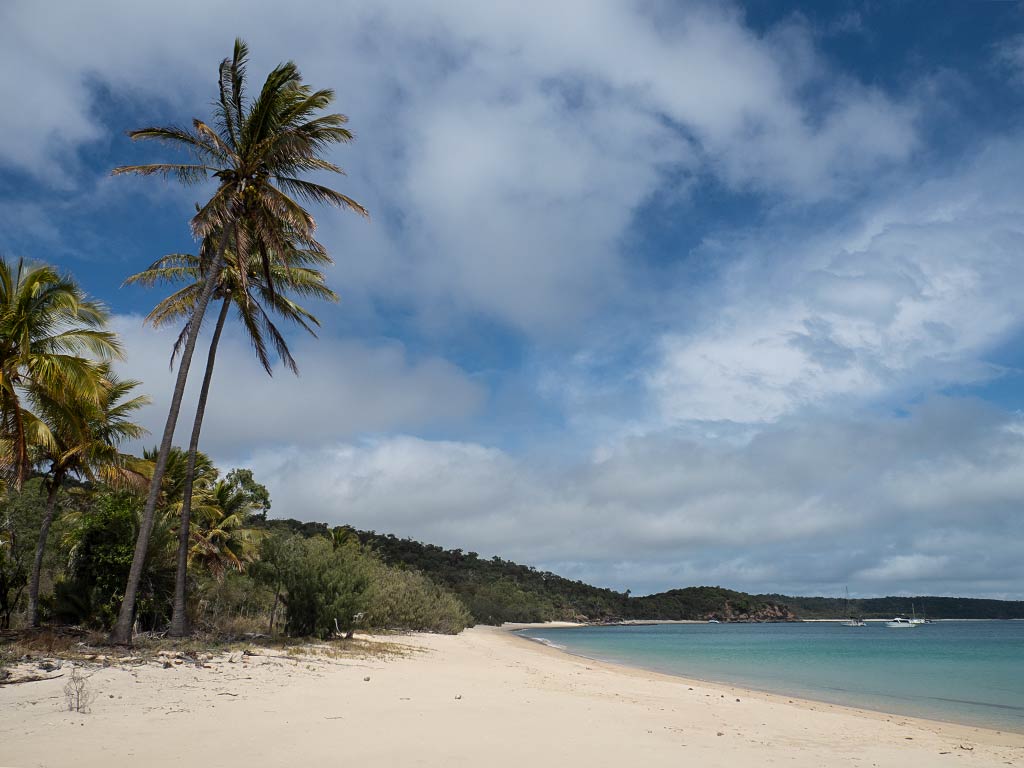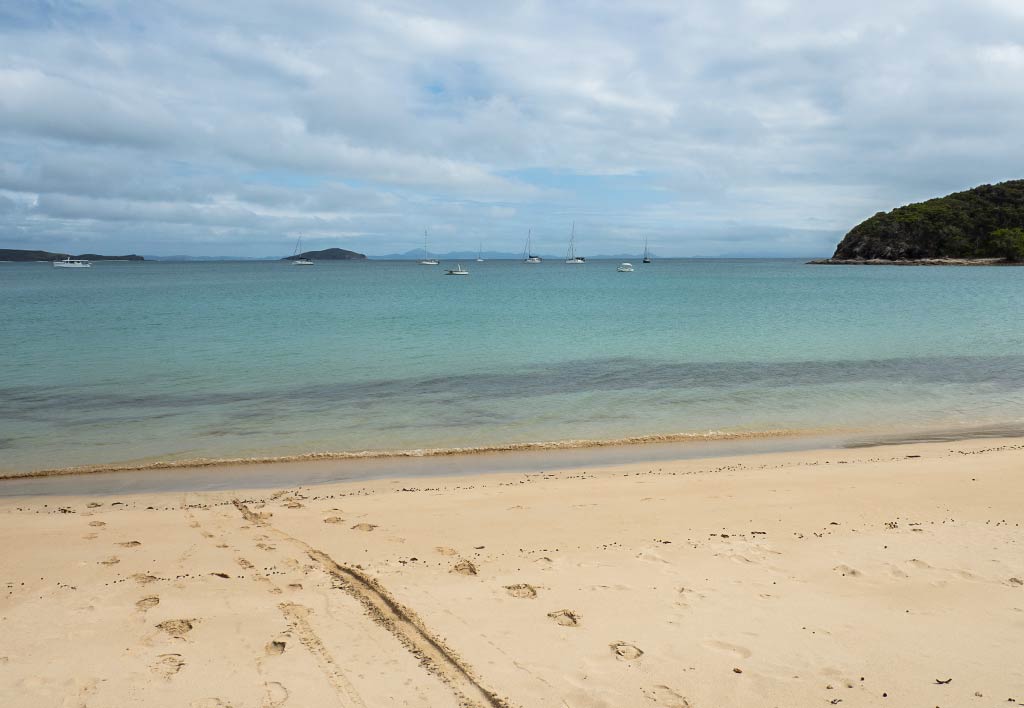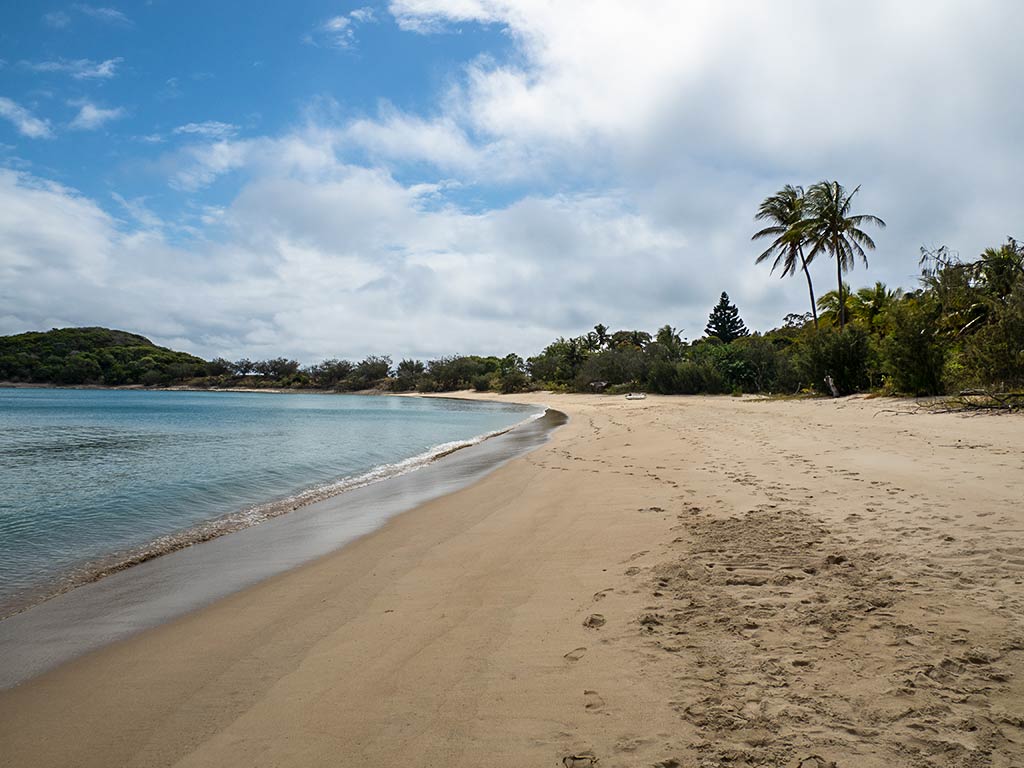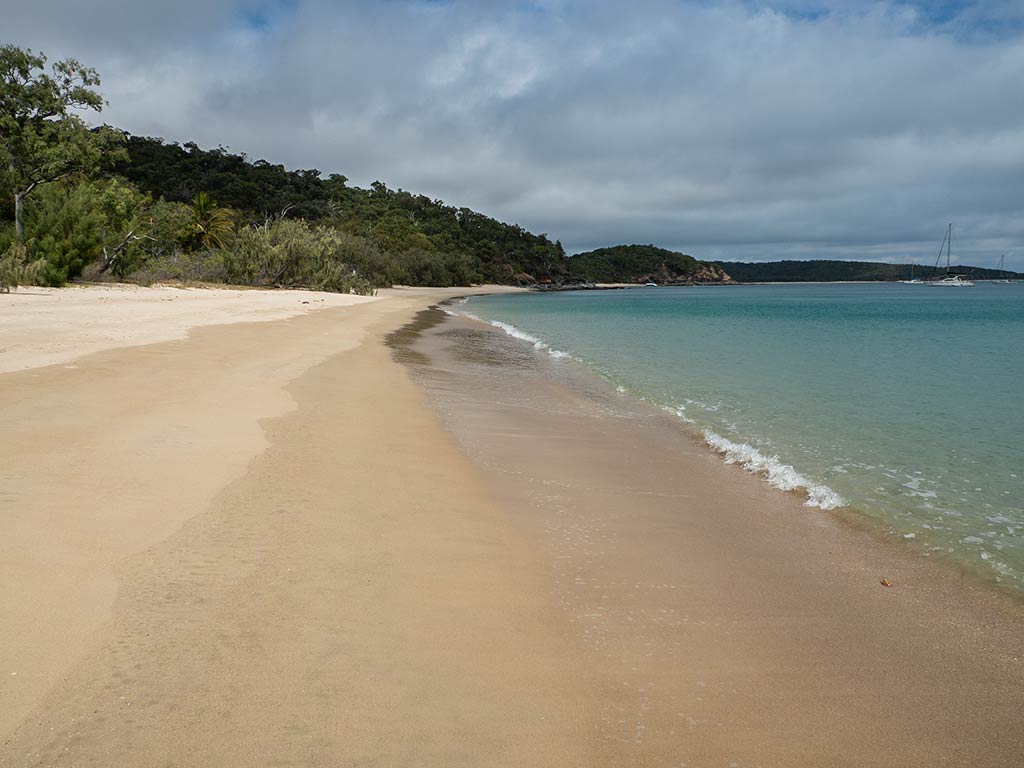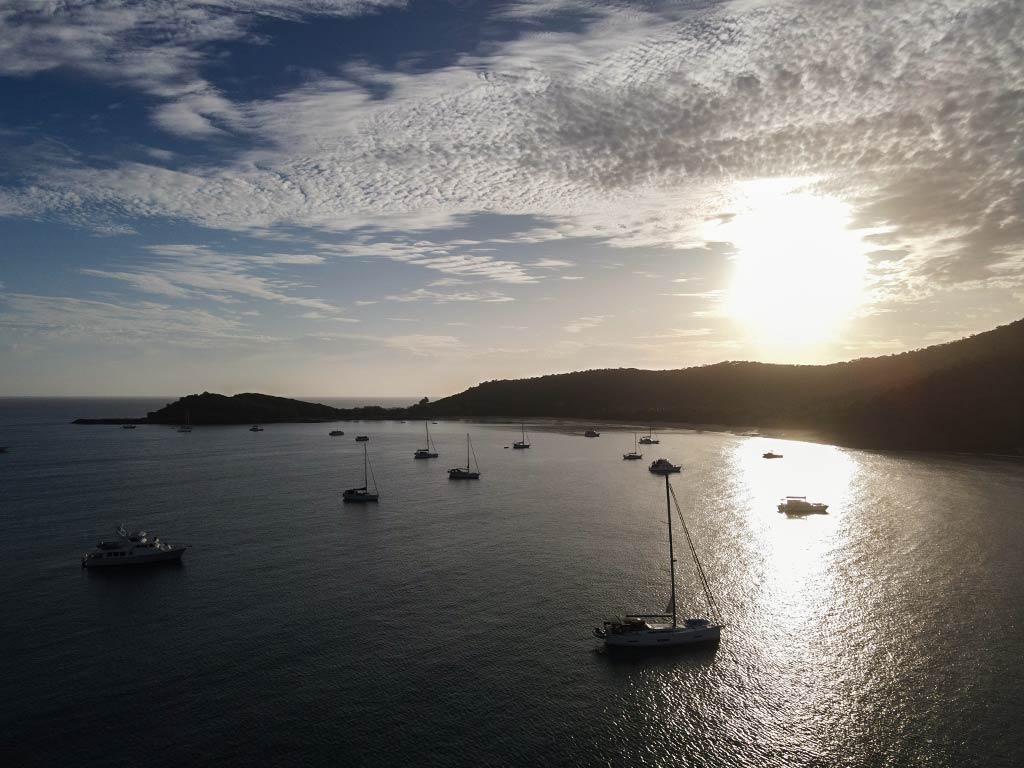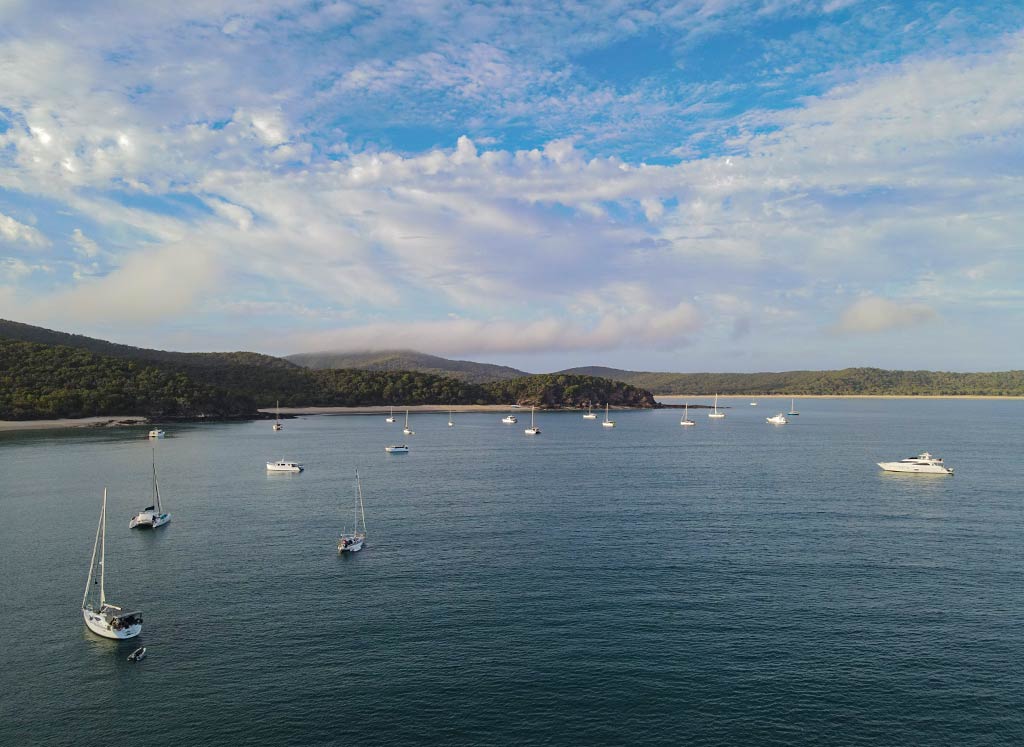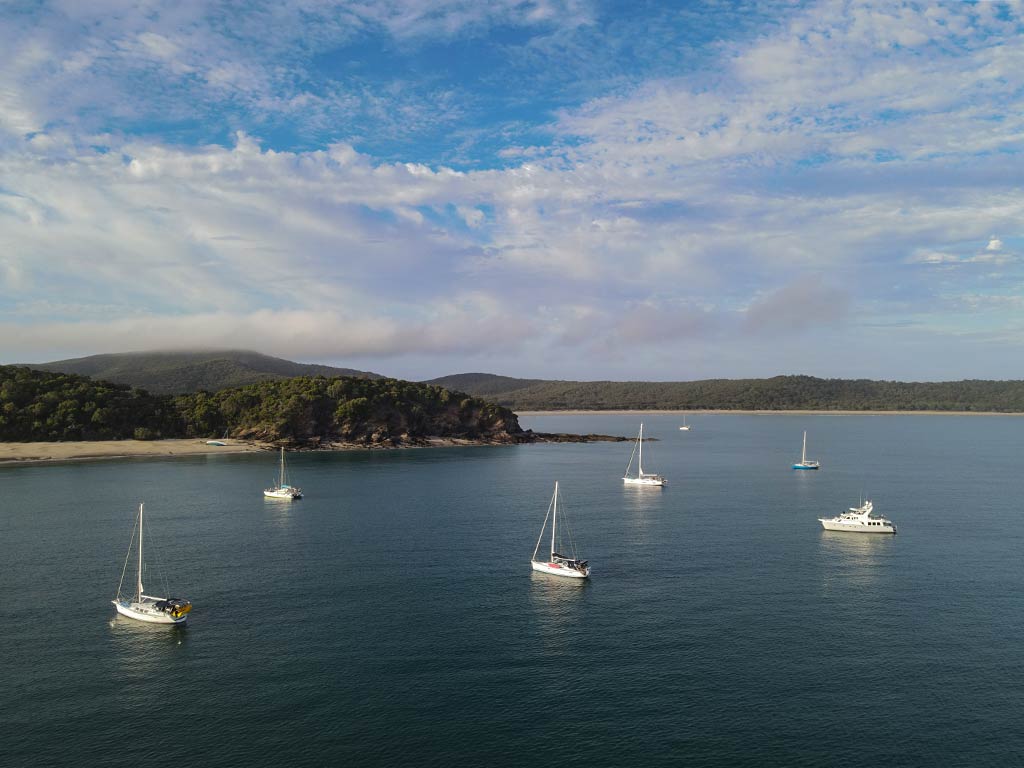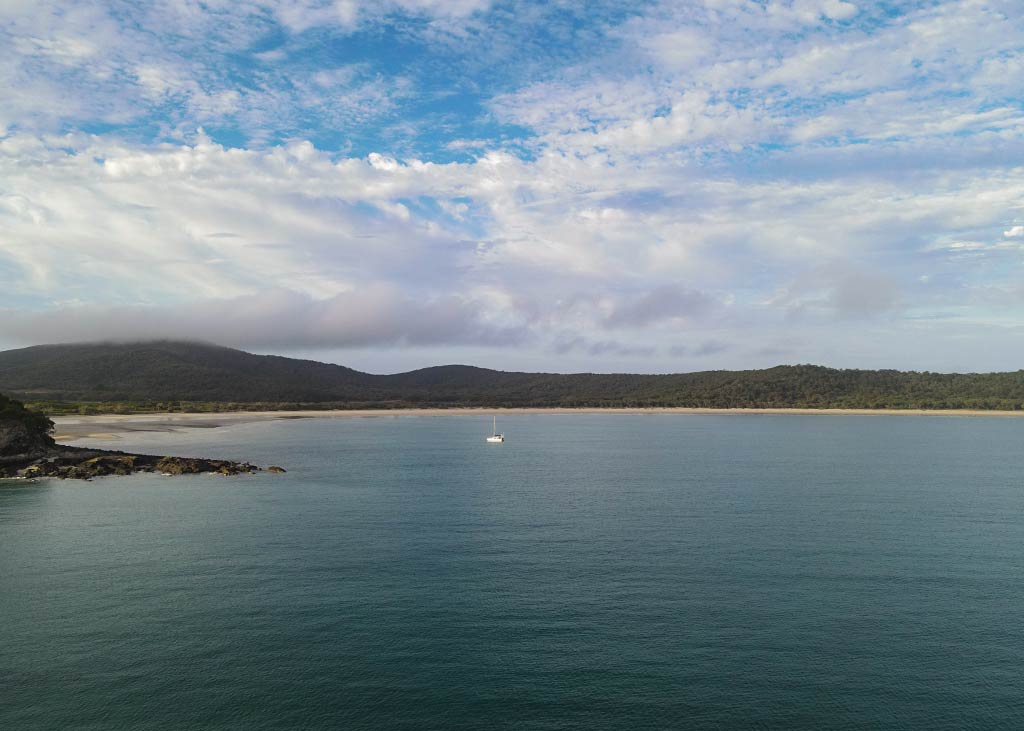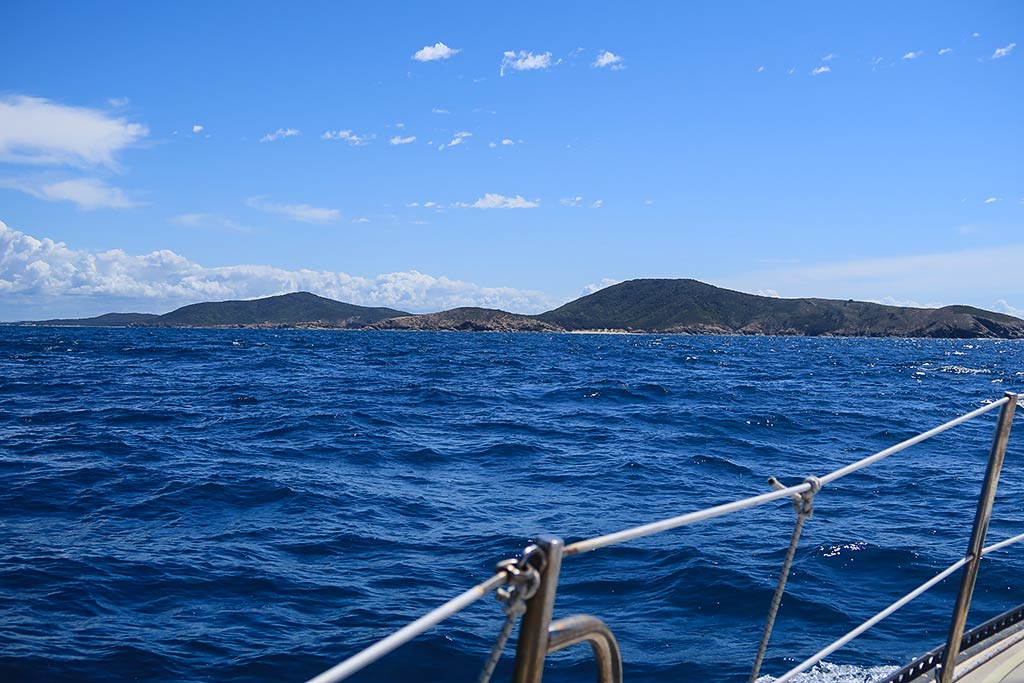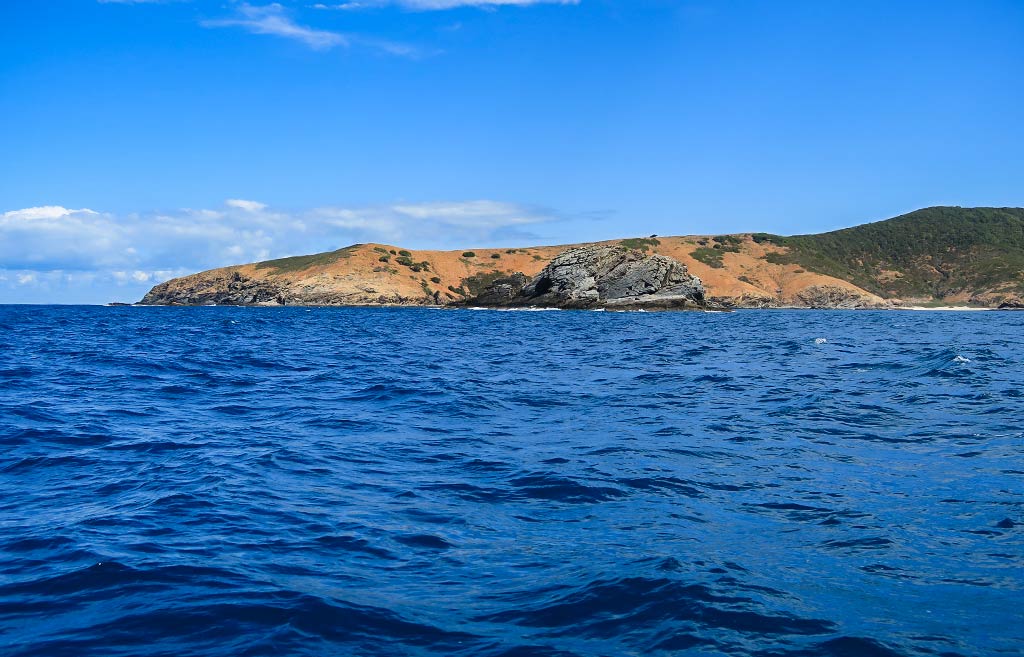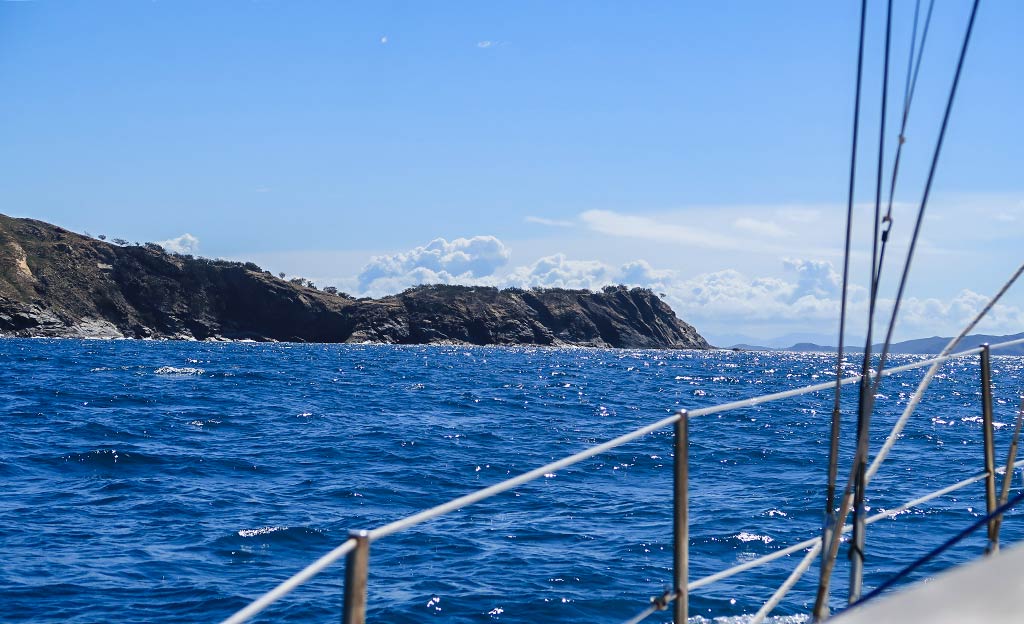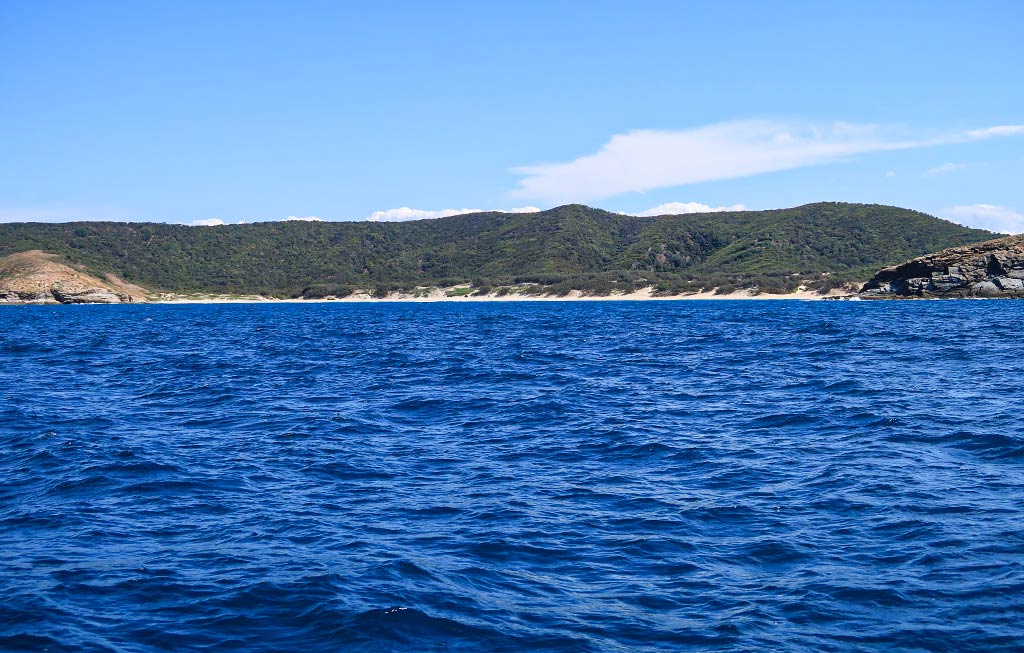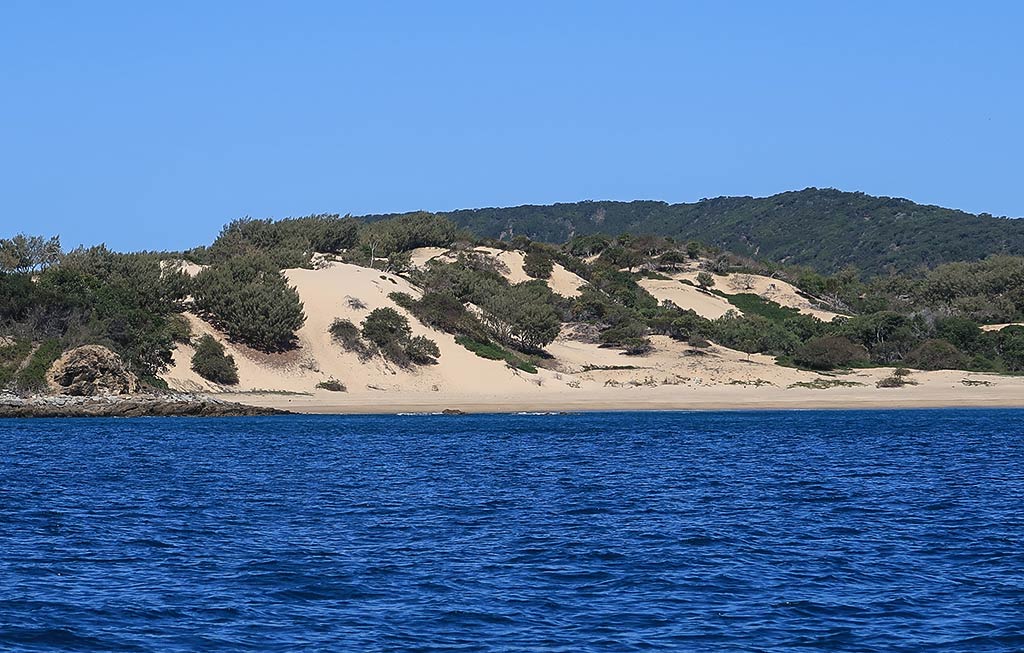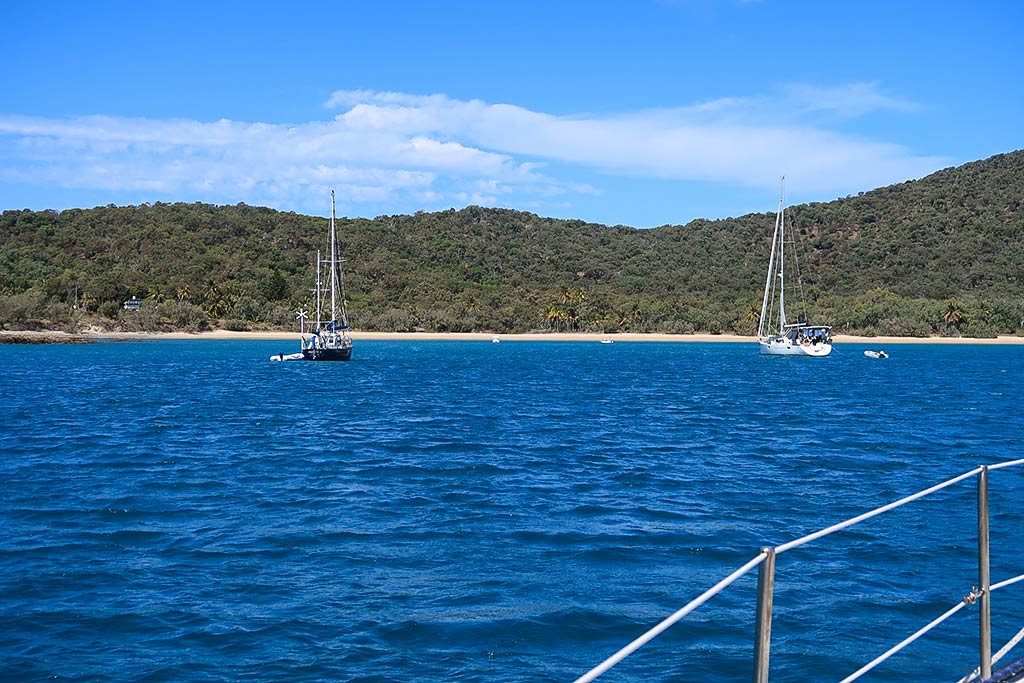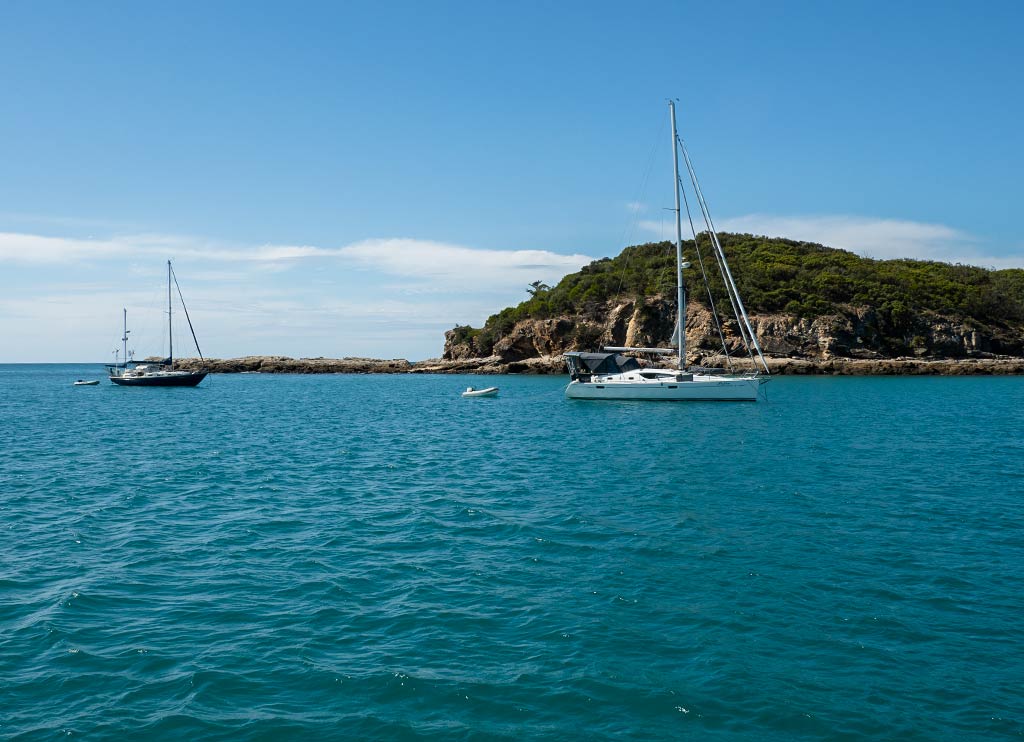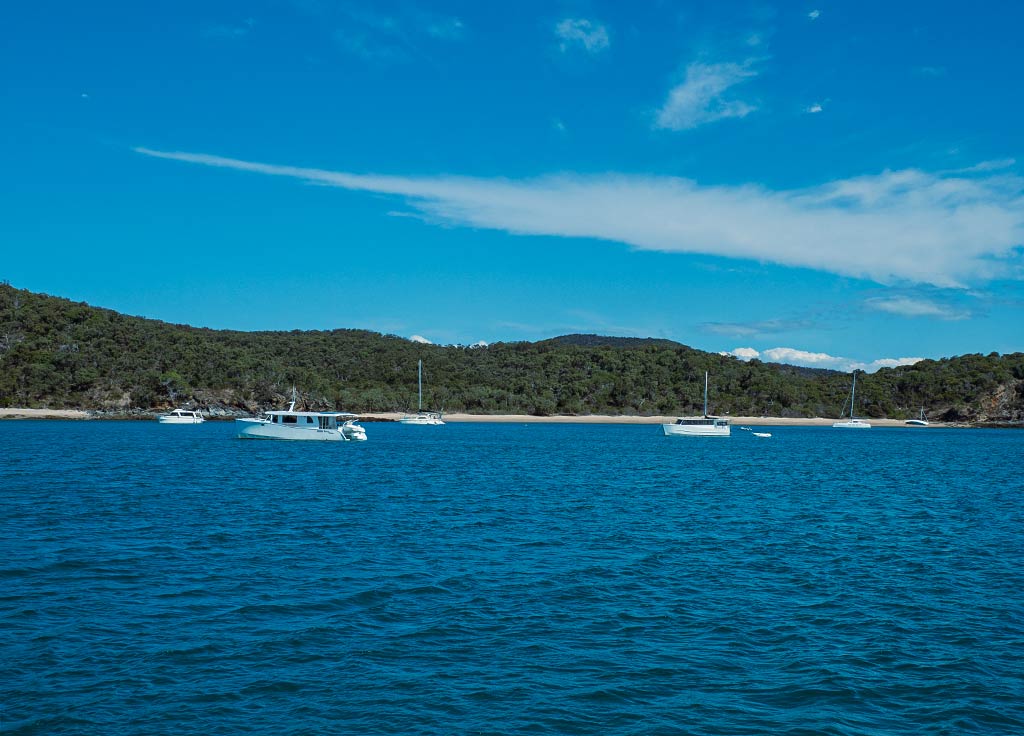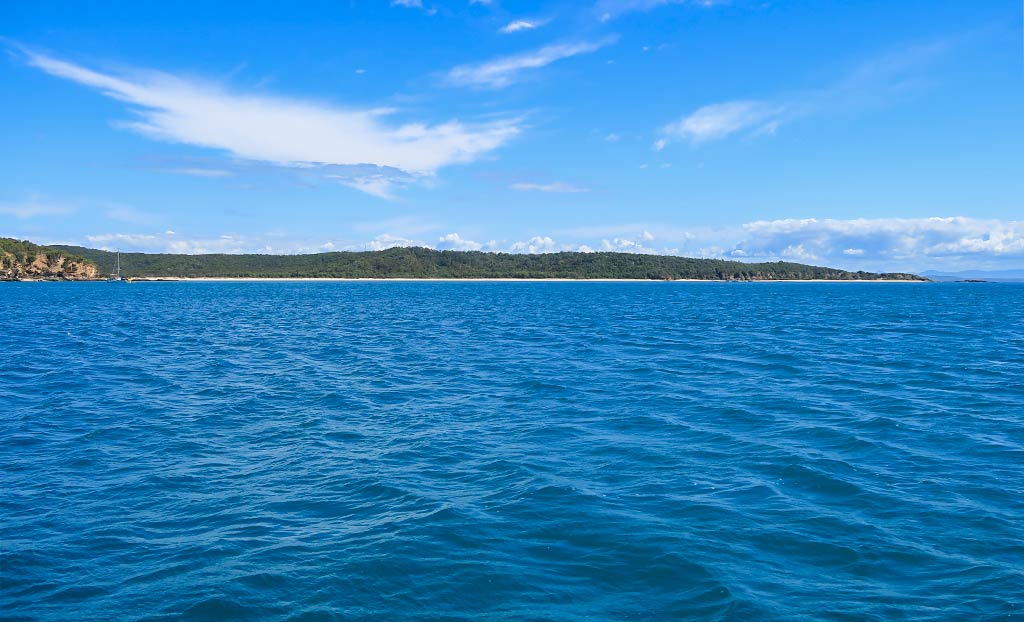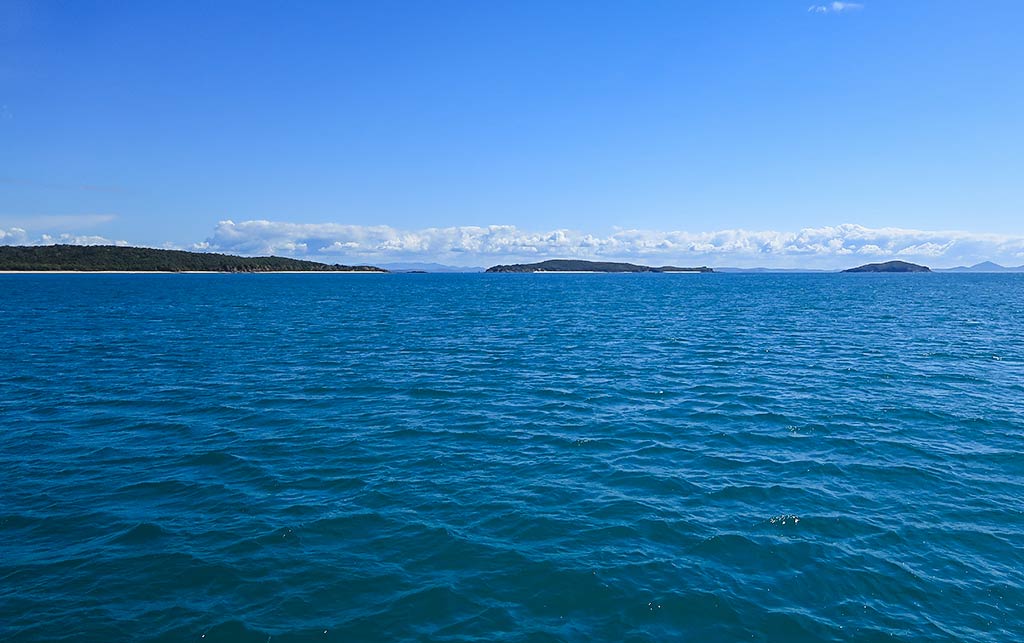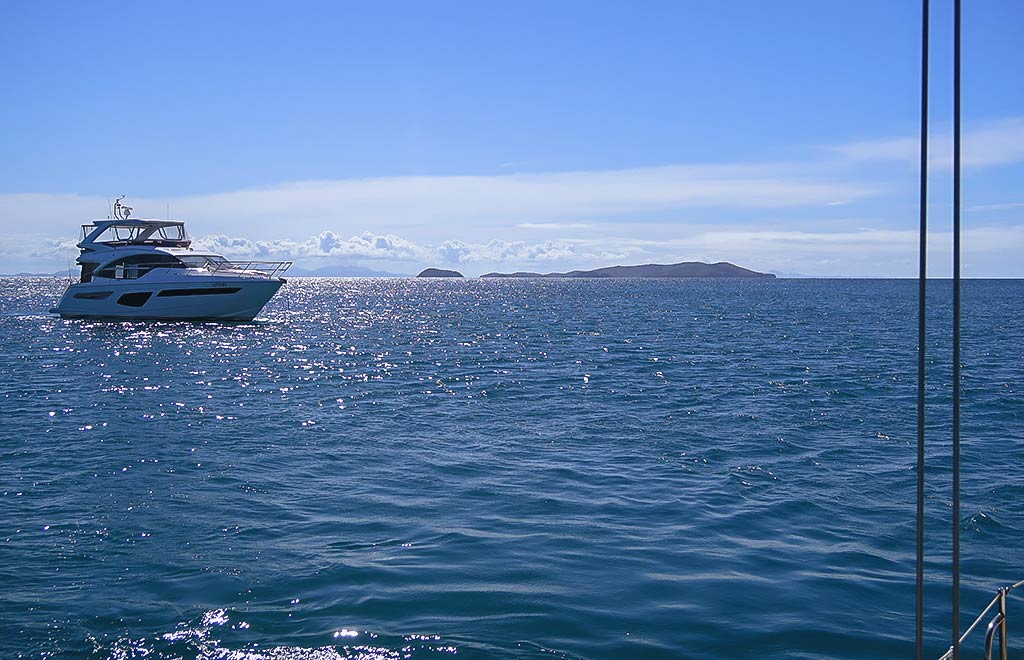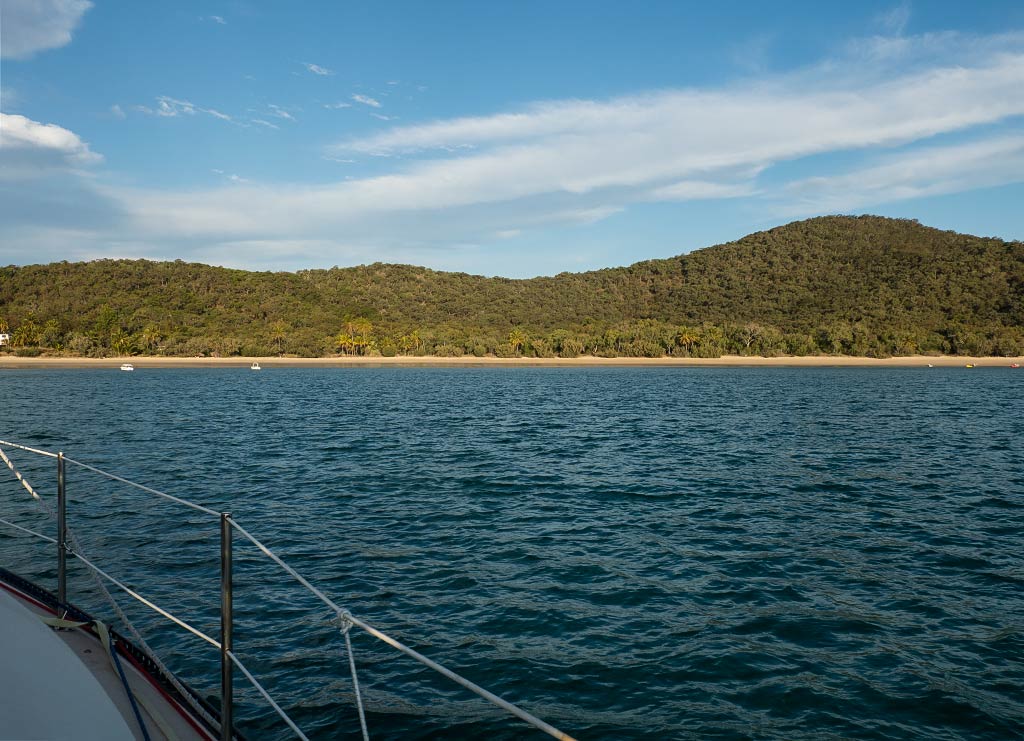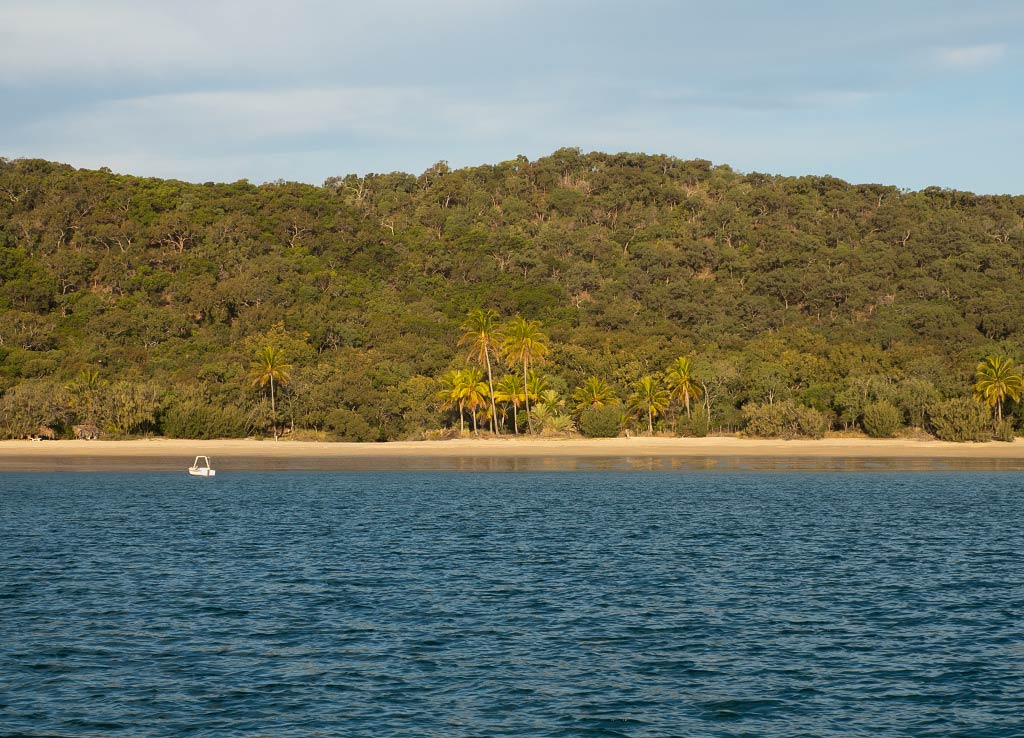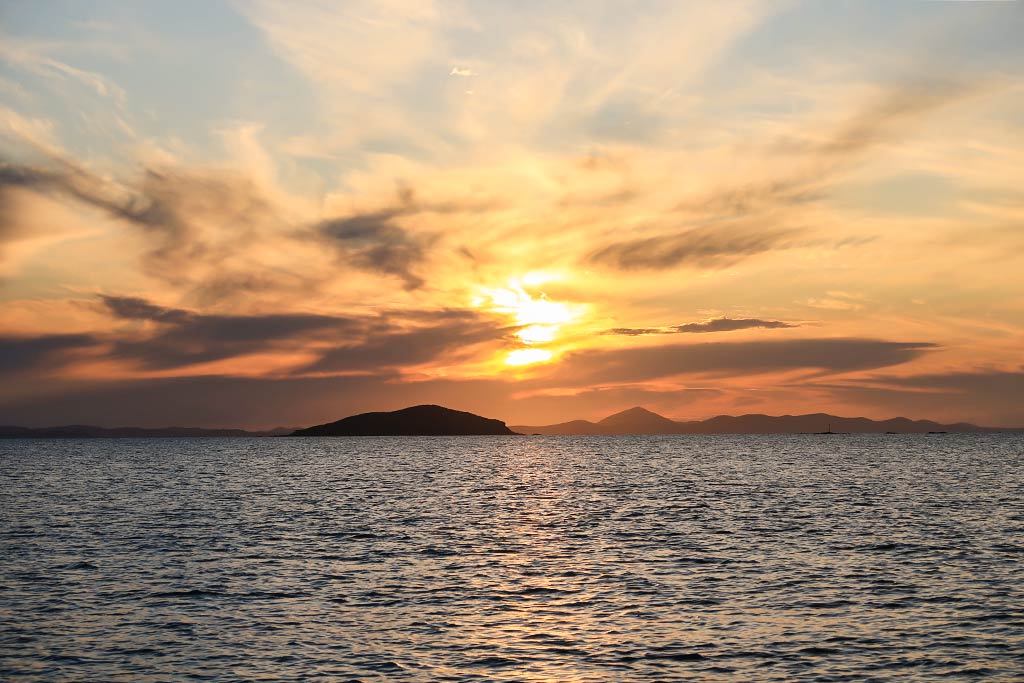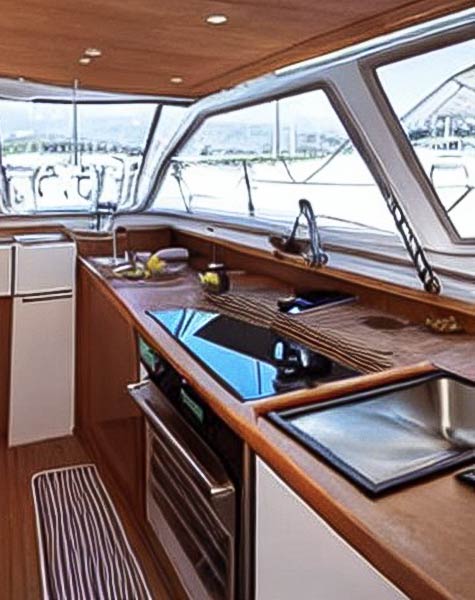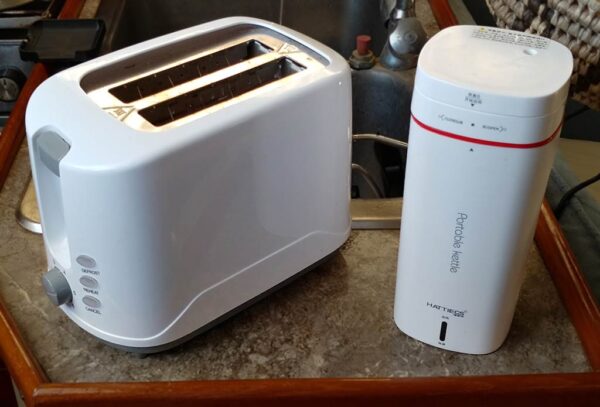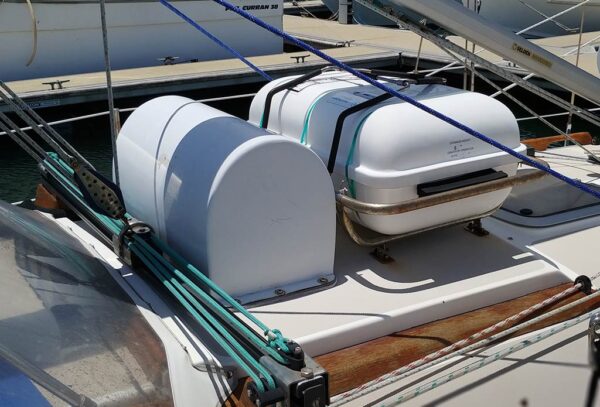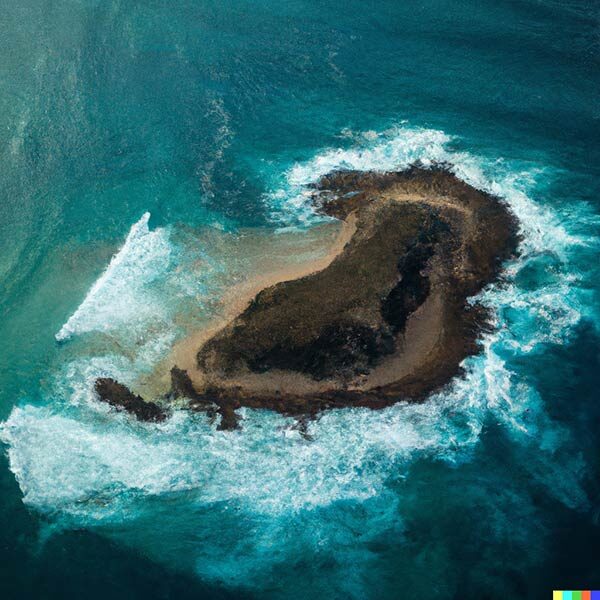Posted March 17, 2023 about
September 01, 2022
I’ve talked in the past about some of cruising’s most annoying challenges, but there’s another category I’ll call cruising’s most annoying moments. Here’s the one I experienced today:
This annoying moment happens after making the decision, in spite of nice weather at the time, to put off some outdoorsy excursion for the following day. Then waking up in the early hours of that following day to the sound of wind. Not the serious kind that makes one concerned for boat safety, but the kind that accompanies weather that’s not good for dingy rides, sun-lit beach photos, swimming/snorkeling excursions, or other outdoor activities. The kind of weather that makes one think, “Ah crap; did we make a mistake not doing xyz yesterday?”
I went back to sleep hoping conditions would be better when we got up later. They weren’t. But as often happens with windy, cloudy weather; there are short periods when the sun might peek out. I realized what we needed was to be “cruiserly” about this. Cruisers often have to work around conditions—we don’t blow off a day’s excursion because of less-then-ideal conditions as it may simply the only opportunity we get to experience a place.
Today, being “cruiserly” would include a chilly, splashy dinghy ride to the beach, then waiting patiently for the sun to pop out from behind the clouds before taking photos.
It also meant paying more attention to the actual weather (using the real-life app) and worrying less about the forecast. At the moment we were starting to get peeks of sunlight, even though it was mostly chilly and gray.
So, in spite of the cloudy, breezy morning, we inflated our dinghy and got ready to head to the island, knowing the likelihood was the wind would die off near shore and the air would feel warmer. Hopefully the sun would grace us with its presence and light up the beaches so I could take photos that let us project the image that we live in a state of endless summer (believe me, we don’t).
Riding to shore, the wind did, in fact, die off and the clouds started to break up–it was looking like my weather gamble would pay off.
We decided to land at Second Beach, the smaller of the two beaches. I have always believed I haven’t really experienced an island until I’ve actually stood on its shore, and that certainly proved to be true in this case—it seemed much more attractive from the beach than it appeared from our boat in the anchorage.
The water was clear, the shallows transforming into a kaleidoscope of soft blues when the sun came out. We parked our dinghy near the outcrop hill and realized this was actually an impressive beach, wide with smooth, light-colored sand and backed by a thick line of forest.
We kicked off our shoes and took a walk down to the far side of the beach. Sadly a sailboat had gone aground there and was lying on its side. It looked to be in relatively good shape, and we hoped the next attempt to drag it back into the water would succeed. Below, a few photos of Second Beach (click on any photo to enlarge in the galleries below).
Now it was time to go see Svendsens Beach. We had the option of hiking over the hill to do so, but we opted to be lazy and go by dinghy instead. Here we found a lovely white beach with even softer sand than Second Beach. We walked over to a patch of palm trees and a dry riverbed nearby.
At this point the sun was staying out, and I was happy to be getting some decent photos. And while it was still windy out in the anchorage, it was warm and calm here on shore.
In spite of the number of boats in the bay, we saw surprisingly few people as they were probably discouraged from coming ashore by the weather. I was so glad we came in, especially walking on that lovely sand! I don’t usually go on about sand, but its soft, springy texture, lack of sea rubble, and pleasant shore-water temperature made it feel wonderful to walk on barefoot.
The time came to dinghy back through the windy chop to our boat. Unfortunately, it was now too windy there to fly the drone; so I hoped we’d have a final chance the next morning. Because a period of enhanced trade winds was coming, our plan was take refuge in a nearby marina, the Great Keppel Marina, for a few days and wait for things to settle down before continuing north. Wanting to enter the marina at high slack tide, we would need to leave Great Keppel Island around 10am.
I was disappointed that this meant we wouldn’t get a chance to see Fishermans Beach on the west side of the island. Aside from a nice-looking beach, there were a couple of small, rustic resorts, one of which had an eatery. Rich was showing no interest in coming back to Great Keppel; so I considered maybe we might take a ferry back here (landing at Fishermans Beach) during our marina stay.
Meanwhile, we did manage to fly the drone before we left and got a few interesting photos of the anchorage . . .
Plus one nice panorama that Rich edited but never got around to posting:
Just an interesting side story: People familiar with this part of Australia may remember a rather famous resort, Great Keppel Island Resort, located on Fishermans Beach. This hotel was quite popular in its heyday, but the ins and outs of running an island resort can be like sitting on a house of cards. Queensland is positively littered with abandoned, decaying island resorts that have gone under for various reasons (something I’ll address in a future post). In the case of Great Keppel Island Resort, it seems its undoing was the financial crisis of 2008 and the resulting loss of tourists, especially international tourists.
The resort went under in 2013 and was partially demolished, the rest now in ruins. A series of investors have shown interest in re-developing it but over the years, one-by-one, they’ve dropped out of the venture. The most recent investor was the real deal—lots of money, good business sense, and committed to the project. So everyone was surprised when recently she, too, dropped out. The current feeling is if this woman can’t make refurbishing Great Keppel Island profitable, no one can.
It’s now looking like the end of days for a serious resort on Great Keppel Island. I know many people who live here (and on the mainland nearby) are disappointed, but the reasons why the resort rebuild would be a poor investment are pretty clear.
Actually the whole story of the abandoned Queensland resorts is pretty interesting, and one I’ll be posting about soon. But next up will be the very interesting marina we were headed to.–Cyndi

